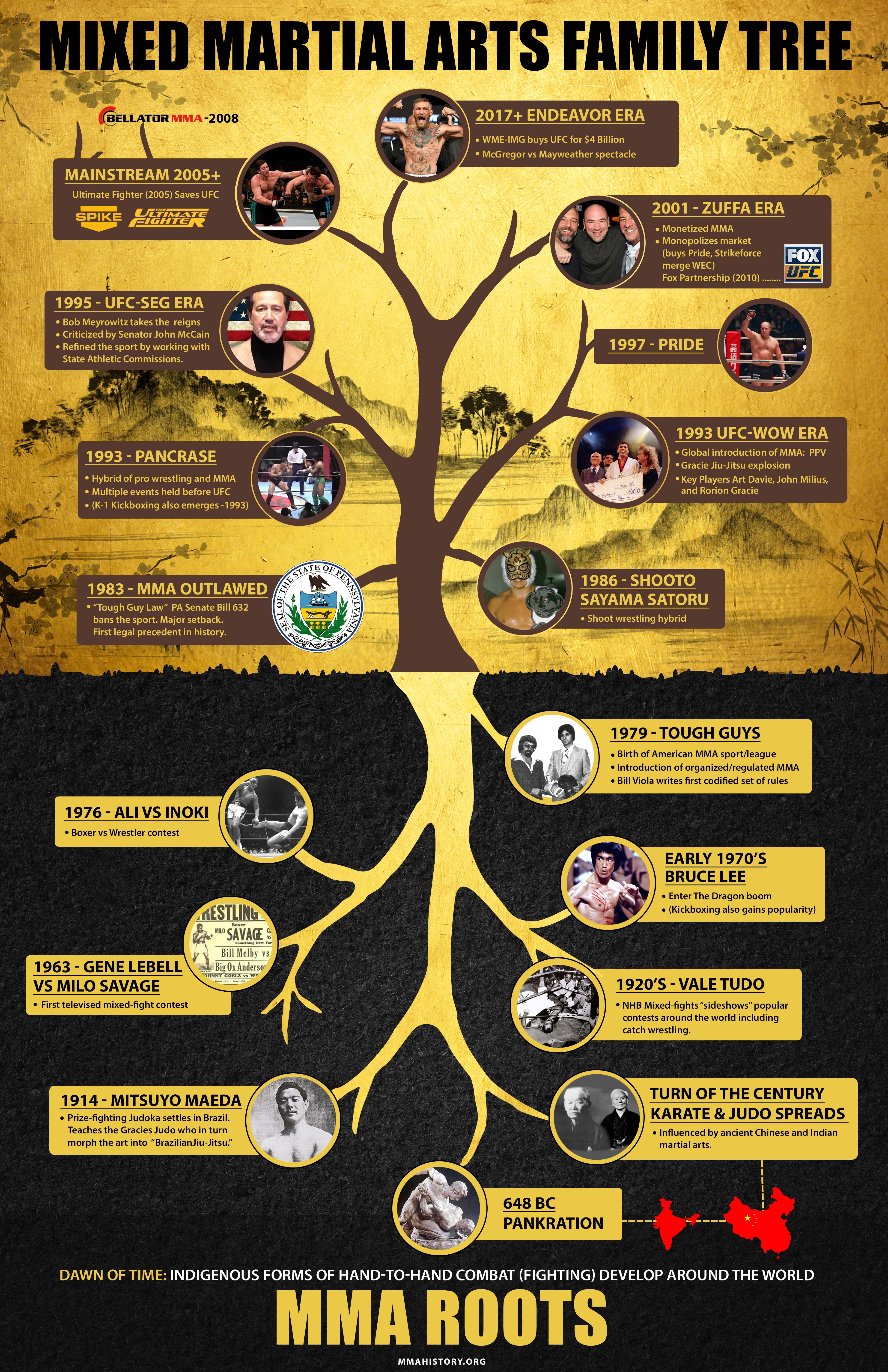The Worldwide History And Change Of Martial Arts
The Worldwide History And Change Of Martial Arts
Blog Article
Writer-Padilla Fallon
Martial arts have a fascinating background that extends centuries and continents. You might discover it appealing how ancient methods like Shuai Jiao and Kalaripayattu prepared for modern-day battle methods. These techniques not just emphasize physical abilities but also reflect the cultures that birthed them. As you discover their advancement, think about just how globalization has changed these conventional kinds right into hybrid styles. What impacts do you think have formed today's martial arts landscape?
Ancient Martial arts: The Structures of Battle
As you look into the globe of ancient martial arts, you'll find the abundant foundations that formed battle techniques across societies. Very early methods concentrated on Self-Defense and survival, usually incorporating strikes, grappling, and weapons.
In old China, for example, methods like Shuai Jiao emphasized tosses and joint locks, while India's Kalaripayattu showcased dexterity and fluid motion. Japanese samurai developed Kenjutsu, a polished swordsmanship that highlighted technique and strategy.
These martial arts offered not just for battle yet additionally as a means of personal development, instilling values like respect and perseverance. The mixing of these methods in time laid the groundwork for the diverse martial arts you see today, each mirroring the unique philosophies and requirements of its society.
The Social Influence on Martial Arts Advancement
While martial arts usually mirror the practical demands of a society, they likewise personify the cultural worths and beliefs of their origins. When https://patch.com/illinois/highlandpark/calendar/event/20230430/eed34149-fcb5-4a48-af60-bfd3237c79d9/free-self-defense-class-at-fonseca-martial-arts check out various martial arts, you'll observe just how they're affected by religious beliefs, approach, and social standards.
For example, the emphasis on respect and technique in Japanese martial arts comes from Zen Buddhism and samurai society. On the other hand, Brazilian Jiu-Jitsu advertises versatility and method, shaped by the requirement for effectiveness in a diverse, multicultural setting.
You may discover that the rituals, attires, and training methods reflect a neighborhood's history and identity. By comprehending these social influences, you strengthen your appreciation of martial arts and their role fit human experiences across the globe.
Modern Adaptations and the Globalization of Martial arts
Martial arts have transformed considerably in recent decades, adapting to modern society and global impacts. You'll notice that standard types have blended with modern methods, developing hybrid styles like MMA. These adaptations accommodate diverse target markets, making martial arts available and enticing around the world.
With the increase of social networks and digital systems, you can locate tutorials and competitions from all corners of the world, damaging geographical barriers. Visit Home Page has actually brought about a common recognition for different self-controls, from Brazilian Jiu-Jitsu to Taekwondo.
As you involve with these arts, you'll recognize they're not practically battle; they advertise physical fitness, technique, and psychological health.
Ultimately, modern-day adaptations have enriched the martial arts landscape, making it a dynamic and evolving practice.
Conclusion
In discovering the history and development of martial arts, you uncover a fascinating blend of strategies, cultures, and viewpoints. From old disciplines like Shuai Jiao and Kalaripayattu to the modern-day versatility seen in MMA, martial arts mirror humanity's mission for Self-Defense and individual growth. As you engage with these techniques, you not just gain abilities yet also a much deeper gratitude for the diverse practices that form our globe today. So, proceed your journey and welcome the art of combat!
